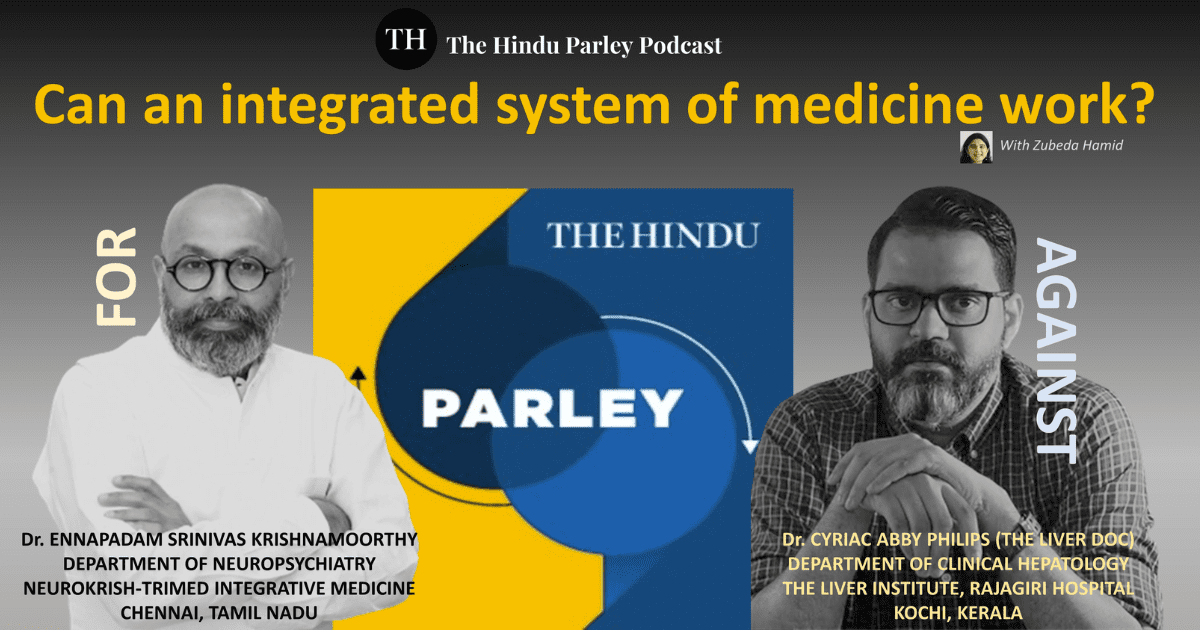Biography
Isra was born of a full term Caesarian section, the indication being cord around the neck. Her weight was 2.7 kgs and her birth cry was normal. There was clear regression of motor, verbal, visuospatial and personal/social domains at 1.5 years with progressive impaired eye contact, temper tantrums and hyperactivity. There was a history of recurrent cough, cold and fever in childhood, and one such episode of high fever with pustules on the skin, at 5 years of age, was diagnosed as *Kawasaki disease and treated. This resulted in further behaviour problems with significant issues in the subdomains of major life areas, communication, domestic life, interpersonal interaction -abusive/ assaultive/ destructive and self-injurious behaviours.
Over the past 2 years, the above traits have peaked and she throws tantrums if her demands are not met, well above what could be dismissed as aberrant adolescent behaviour. Isra has special preferences for certain colours/textures and her express demands can range from a new dress of a particular colour to a pongal/vadai for breakfast. She has an ‘inappropriate attachment’ (as the technical jargon goes) to handwash solution -which she will grab from the table or even from the handbag of the teacher at Vidya Sagar and tuck it away – this is perhaps indicative of a preference for non-social stimuli which provides intense interest in the sensory aspects of the object (and event). She prefers solitary activity in her little corner in the institution and resists if required to transition to another place.
Receptive language is good but she vocalises sparingly. She reads sentences with effort and writes. She has echolalia and repetitive hand movements. At home, she listens repeatedly to music albums that appeal to her on the tablet and is able to crop songs on the computer with ease.
Since her behaviour problems have decreased over the past 2 months, Isra has been selected by the institution to register for the Open School Board Examination, and her first examination is Home Science. She enjoys painting/baking -which are among her five subjects for the course.
*Kawasaki disease may be caused by cerebral vasculitis resulting in patchy ischaemic areas and damage to the central nervous system which may alter neurological function for some time after the acute phase of the illness, with increase in long-term behavioural difficulties. CNS pathology on SPECT is evidence that behavioural changes arise secondary to a cerebral vasculopathy, and are not merely due to the psychological complications of an acute severe illness.
Assessment Reports
The Clinical Specialists Observations –
Behavioural problems for 10 years, intermittent over the past 2 years. Intact systemic examination on General Clinical examination. Neuropsychiatric Inventory revealed psychomotor agitation, dysphoric affect, grossly intact Higher Mental Functions, impaired insight and judgement and no focal deficits.
EEG Report :
Rest EEG taken on a standard 10-20 system shows background activity of alpha waves at 8-9 Hz, mixed with slow waves over the posterior head region. No paroxysmal activity is seen. No increased activity on photic stimulation. The client did not co-operate for eye-opening/eye-closure. A borderline normal record.
DST:
Age of 10 years was attained, based on parameters of functioning.
ISAA SCORE:
85 – indicating mild autism
CBCL:
Internalizing syndrome – withdrawn/depressed, thought problems, attention deficit. Externalizing syndrome – aggressive behaviour, attention deficit, overeating, poor bladder/bowel control.
VSMS:
Social age attained is 4 years and 6 months with a social quotient of 29, indicating severe deficit in social adaptive behaviour.
ICF Neurodevelopmental Disability Assessment
Body function issues are present in mental functions mainly, but no structural deficit observed or reported. Under limitations of activity, significant issues present in subdomains of communication, domestic life, major life areas, interpersonal interaction and relationship. As regards environmental influences, both parents and the institution proved to be facilitators.
Response To Therapy
She was not co-operative for the therapy initially. She was restless and resisting therapy but settled down subsequently. She is currently on Lamotrigine, Risperidone, Haloperido A combination of thyme-leaved Gratiola (Brahmi), Indian Pennywort (Madhukapami), Winter Cherry (Ashwagandha), Clonidine, Atomoxetine, Multivitamin-Multimineral supplements (rich in Vitamin B12, Calcium and Phosphorous).
Reviewed One Month After The End Of Therapy:
With the therapies and the modified drug regimen, Isra has become quieter with a better attention span and improved academics. The mother is the best judge and she is convinced of the palpable improvement in Isra and expresses her wish to continue therapy.
Prof. Dr. ESK suggested looking for any residual clinical and lab signs of inflammatory disease, autonomic symptoms and hip dysplasia to identify the rare possibility of an associated auto-immune disorder. This trend of thought was probably triggered by the acute illness in Anamika’s past history with the diagnostic label of Kawasaki Syndrome which has a close likeness and forms the differential diagnosis for Lupus Erythematosis (LE). LE is an auto-immune disease with periodic behavioural problems and these problems are immensely treatable or controllable. He also suggested maintaining a monthly behaviour chart to check if the immediate premenstrual phase causes increase in the aberrant behaviour pattern.






